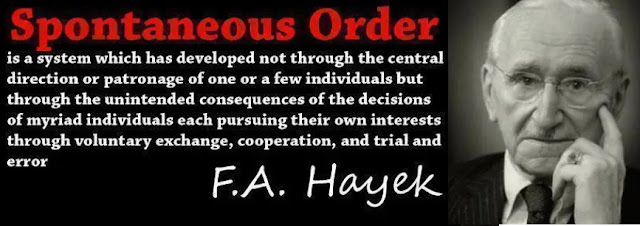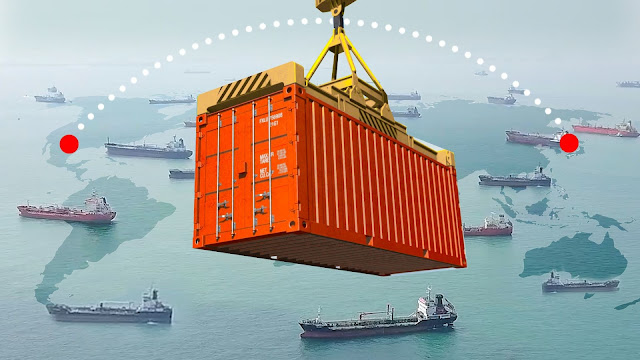Last week I attended the #platfmosphere event in Milan, setup and run by Mia-Platform, an excellent Italian cloud native end to end digital platform provider.
There are actually many things to comment on; the event was rich in insights and inspirations, which I hope to soon find some time to articulate. For now, I take this opportunity to explore an aspect which while tangent to platforms, it nonetheless embodies a trait found in any well-architected platform, bringing undeniable benefits throughout the software production chain. I am talking about the supposed "tension" between standardization and innovation, which probably deserves a standalone essay, but an extreme summary doesn't seem impossible.
Standardization vs Innovation
I believe that the long-standing opposition between standardization and innovation is only partially justified. In fact, the real enemy of innovation, I maintain, is not standardization (properly understood) but the centralization of decision-making authorities and the consequent top-down imposition of operational methods by those who are "distant" from the problem domain. These factors can in fact stifle individual initiative and experimentation, essential elements for progress and the development of novel ideas.
I dare to say: innovation is a "negative"* concept, meaning it is defined in terms of what hinders it and not by a prescriptive and a priori rule. To say that there is no recipe for innovation, but there are clearly obstacles to its potential realization. Centralization and regulation by bodies not directly involved in the problem space, are classic obstacles.
In this context, digital platforms represent a peculiar synthesis: on one hand, thanks to their internal dynamism, they promote and incorporate common elements that gradually emerge while seeking efficiency and order, and on the other, they enable an ecosystem of actors to build and innovate according to needs not known a priori. The quality of the interplay between these two planes defines the level of efficacy of platforms.
Standardization (properly understood) is born out of this dynamism: standards often emerge to meet practical needs and real problems encountered by those working on the problem or directly affected by it. When producers and consumers encounters common difficulties, the motivation and the economic and practical convenience to define standards arises. That an external entity, for example ISO, is needed at some stage to certify the standard, does not detract from this "spontaneous" nature of standardization. In fact, this is the final step in a chain of events and ideas that precede the external certifiers.
However, when standardization is not conceived of this way, it often manifests itself as an intent to regulate (in a barely concealed way), perhaps even in the name of nebulous ideals, to favour narrow groups of operators but always at the expense of the end customer (among many examples, see the problems caused by the forced adoption of the USC-C standard).
Fortunately, the history of human progress shows us that despite centralizing forces, "spontaneous" standards in fact facilitate innovation.
I have chosen to tell the story of the role played by the standardization of shipping containers and the consequent unleashed innovation (it will resonate more easily with software professionals for the obvious connections).
The evolution of shipping containers
Containerized freight traffic has been one of the greatest transformations in the field of transport in the era of mechanical propulsion, and it was a true and almost unexpected revolution after a nearly traditional recovery of traffic in the immediate post-war period.




Comments